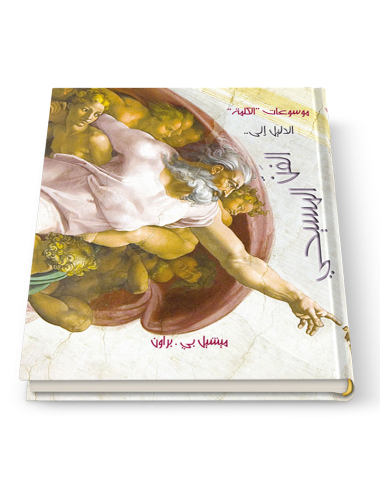The History of Christian Thought
Why would you read about the history of Christian thought? If you are Christian yourself, it helps you to understand about thinkers and the faith of the generations.
0.13 kg - 400 kg
Why would you read about the history of Christian thought? If you are Christian yourself, it helps you to understand about thinkers and the faith of the generations.
How do we find meaning in life when it seems futile and meaningless? Ecclesiastes takes readers on a journey pondering this timeless question, and this commentary helps set the book within a biblical worldview in order to help teachers communicate and apply the profound truths of Ecclesiastes today.
A person has needs in life, and the needs are arranged and gradual, some of them are basic and necessary, some of them touch his physical needs, and they are the ones that preserve his survival and presence in life, and some affect the mental and psychological side, and they help in his advancement, progress and creativity.
"This book has won a firm fan. Ideal for teachers as well as students . . . In an increasingly multicultural world, this is an essential read for anyone wanting to know about religion. Loads of pictures and photos make this easily the best book of its kind." —Jon Hancock, children's book buyer for Borders UK
"This book has won a firm fan. Ideal for teachers as well as students . . . In an increasingly multicultural world, this is an essential book for anyone wanting to know about religion. Loads of pictures and photos make this easily the best book of its kind." —Jon Hancock, children's book buyer for Borders UK
Christianity has been a central force in the shaping of western culture. It is not surprising, therefore, that the greatest artists down the centuries have sought to paint its story. This book tells the history of Christian art, exploring the purpose behind the masterpieces and looking at the context in which they were created. The modern secular reader who feels detached from the meaning of the paintings will be helped to understand their emotional as well as their asethetic power. And the Christian reader will be encouraged to explore further the wonder and beauty of the Christian cultural legacy. The book includes a final chapter on the way modern artists are continuing and changing the legacy.
Does this have anything to do with the Bible, the book that has profoundly influenced Western culture? Is there archaeological evidence that bears on the Bible? Are the narratives of the Bible, especially those from 3,000 and more years ago, myth or history? Is a scientific discipline like archaeology even compatible with an obviously religious book like the Bible? These are relevant questions that this book will seek to answer.’
Hope is to raise the spirits and arm themselves in the face of all the frustrations that surround modern man
Berdyev's life was nothing but a triangular struggle against the aristocratic environment in which his family belonged and lived in it, against the revolutionary Marxist environment in which he lived during his first youth and against the orthodox environment in which he lived a mature period in a certain sense.
Reidar Thomte's Kierkegaard's Philosophy of Religion is an excellent read for students beginning their study of one of the "greats" of the nineteenth and twentieth century philosophy. Thomte directly appropriates Kierkegaard's insightful language and discussion of theological and philosophical issues that stimulated him, all of which are still alive and well today.















